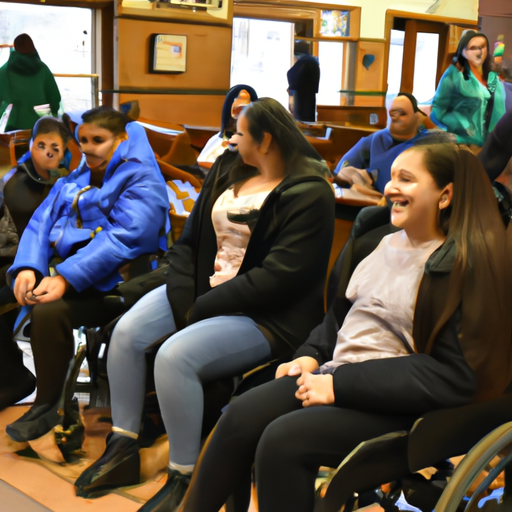The Opioid Crisis in Canada: A Closer Look at the Plight Affecting First Nations Communities
Hello, dear readers. Today, we delve into an important issue that has been making headlines in Canada: the opioid crisis. This matter is pressing, affecting the lives of many Canadians, particularly those within First Nations communities. In this post, we will dissect a recent piece from APTN News. Our intention is to gain a clear understanding of the impact of opioids on Indigenous communities and the steps taken to address it.
The Impact of the Opioid Crisis on Indigenous People
In the article, the gravity of the opioid crisis among First Nations in Canada is stark. Highlighting its effect, Chief of We’koqma’q, Antle, said “I have two children affected by opioids… it’s a devastating thing to have in your family.” With this personal anecdote, it’s impossible to ignore the human cost of the opioid crisis.
When it comes to drug-related fatalities, Indigenous communities are disproportionally affected. They experience deaths from opioid use five times higher than the non-Indigenous population. Consequently, the crisis is not just a public health issue, but also an issue of social justice.
Tackling the Problem: Potential Solutions and Actions
The opioid crisis among First Nations has been recognized at various governance levels and efforts are in play. Among these, the Assembly of First Nations (AFN) has taken steps to mitigate the issue, with opioid addiction high on their agenda. In the aforementioned article, the AFN discussed initiatives like opioid class-action lawsuits and systemic use of naloxone to address the crisis.
The class-action lawsuit mentioned in the article involves over 200 First Nations against various opioid manufacturers. The lawsuit aims to hold manufacturers accountable for their role in the crisis. The hope is that funds obtained from such lawsuits can be utilized for additional mental health resources, rehabilitation services, and possibly preventive measures for vulnerable populations.
Programs providing naloxone, a medication designed to rapidly reverse opioid overdoses, are also in place in many high-risk areas. These naloxone initiatives are particularly significant in light of the high overdose rates facing First Nations communities.
Key Points Highlighted:
- Opioid crisis severely affects First Nations, with a death rate from opioid use five times higher than the non-Indigenous population.
- The personal story of Chief Antle from We’koqma’q is a stark example of the toll taken by the crisis.
- AFN is leading legal and medical actions to combat the crisis, including an opioid class-action lawsuit and naloxone distribution.
- Resources obtained from potential lawsuit victories could be directed towards mental health services, rehabilitation and preventive measures.
- Naloxone programs offer immediate response potential to save lives from opioid overdoses.
What Next?
While these organized efforts are inspiring, the opioid crisis remains deeply rooted within the nation, so the fight is far from over. It’s clear that a combination of strategies – legal, medical, and community-based – are needed to address this crisis. We need to remain focused on supporting these initiatives and driving policy changes that consider the unique issues faced by First Nations communities.
In conclusion, the opioid crisis has had devastating effects on Canada’s Indigenous people, prompting critical discussions and actions. It’s a major issue, but with concerted efforts, there’s a ray of hope. We’ll continue keeping a close eye on this issue and keep you updated on how the situation unfolds. Until then, stay aware and stay informed.
In the meantime, dear reader, remember the power of sharing knowledge. If this post resonated with you, please share within your networks and help foster a greater understanding of the opioid crisis facing our First Nations communities. Awareness is the first step towards change.


